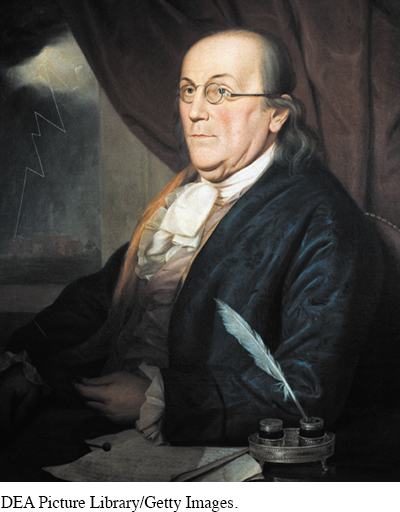The American Promise: Printed Page 230
MAKING HISTORICAL ARGUMENTS
The American Promise: Printed Page 230
Page 230How Did America’s First Congress Address the Question of Slavery?
In its opening months, the First Congress had an ambitious agenda. It established executive departments, the judiciary, and a federal postal system. It crafted the Bill of Rights, debated Alexander Hamilton’s Report on Public Credit, and ratified its first Indian treaty. Tackling slavery was nowhere on its agenda. Congressmen assumed that key North-
In mid-
But the next day brought another petition, not coincidentally. Drawn up by a largely Quaker group called the Pennsylvania Abolition Society, it asked Congress “to discourage every species of traffic in the persons of our fellow-
This second petition was not just about the Atlantic slave trade, which was indeed protected for twenty years by the Constitution. It called for Congress to legislate on the domestic buying and selling of slaves, about which the Constitution was silent. Further, restoring liberty to slaves required an emancipation law, again something not barred by the Constitution. No method was specified “for removing this inconsistency from the character of the American people,” but the petitioners expressed confidence in a merciful Congress.
The petitions touched off an explosive debate in the House. Several northern representatives tried to use them to reopen the contentious issue; representatives from the deep South were adamantly opposed. A rare moment of contemptuous humor surfaced when a South Carolina member asserted that during ratification, “We took each other, with our mutual bad habits and respective evils, for better, for worse; the Northern States adopted us with our slaves, and we adopted them with their Quakers.” No other levity was to be heard. Southerners cited biblical justifications for slavery, argued that slavery civilized slaves, predicted economic collapse if slavery ended, and called the petitioners fanatics. Madison finally got his way: The petitions were referred to a committee, amid mounting concern that newspaper coverage of the debate would create rebelliousness among slaves.

A month later, that committee’s report defined a middle road in clarifying the powers of Congress over slavery. As expected, the report affirmed that Congress could not end the slave trade before 1808, but it also concluded that Congress could neither force emancipation nor deny it. And while the report held that Congress had no authority to regulate slave treatment, it urged southern legislatures to pass humanitarian laws regulating the provision of food and housing and the protection of slave women and families. Southern representatives strongly ob-
In the end, a shorter report was hammered out in debate as the formal reply to the petitioners, in which the key provision read: “The Congress have no authority to interfere in the emancipation of slaves, or in the treatment of them within any of the States; it remaining with the several States alone to provide any regulation therein, which humanity and true policy may require.” The final vote on this amended report squeaked by with 29 ayes to 25 nays.
The Quaker groups conceded and ceased filing petitions, but a discouraged Benjamin Franklin made one last attempt to shape public opinion by writing a satirical essay for a Philadelphia newspaper. In it, the elder statesman ridiculed the proslavery speeches by transposing their exact arguments into a bogus document by a purported North African Muslim leader explaining why his country’s fifty thousand Christian slaves were better off enslaved than free. It was vintage Franklin—
Questions for Analysis
Summarize the Argument: What forces compelled Congress to address the issue of slavery in early 1790, and how did it respond to pressures on both sides of the debate?
Analyze the Evidence: What powers did Congress have over the institution of slavery, according to the Constitution? What power was established, or reinforced, as a result of this debate? What was the South Carolina representative implying when he ironically referred to southern slaves and northern Quakers as “mutual bad habits and respective evils”? Do you think he was talking about slavery as an institution or slaves as people?
Consider the Context: What external factors may have caused the petitions against slavery to surface at this time? Why did some within Congress want to pursue the questions raised by the petitioners while others wanted to drop them? What may have motivated each side?